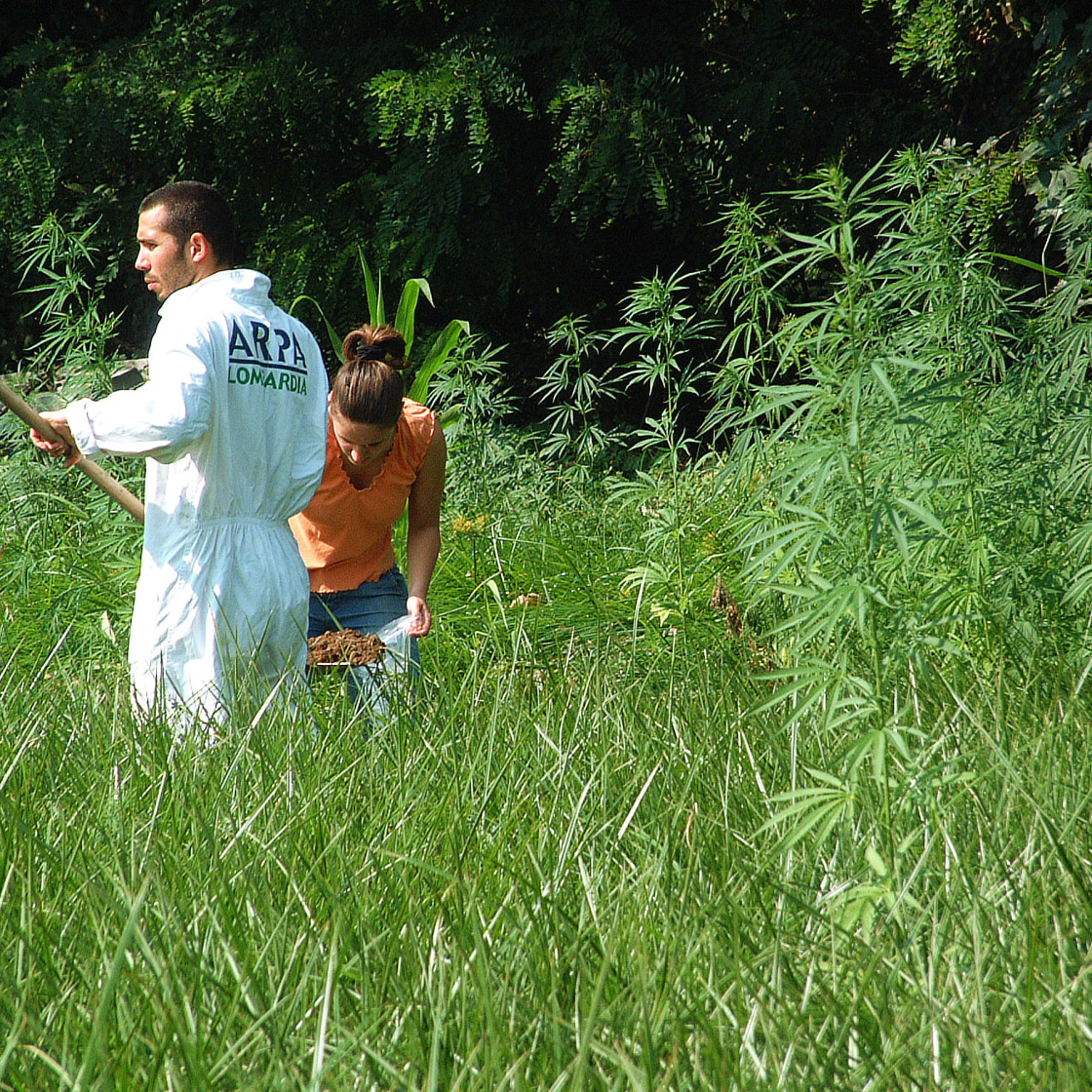Case study
BIOREMEDIATION OF PCB CONTAMINATED SOIL
TREATED MATRIX
Soil
Contaminants
PCBs polychlorinated biphenyls
Location
SIN BRESCIA-CAFFARO
Treatment Type
LINE 1: BioSoilWashing – Application of a natural surfactant solution to displace pollutant from the matrix.
LINE 2: Degradation of the PCB molecules operated by naturally occurring microorganisms.
The Brescia-Caffaro site of national interest (SIN) is a large former industrial area abandoned after decades of industrial activity. The primary source of pollution is represented by the PCBs (polychlorobyphenils) which have been manufactured by the Caffaro industry from the early 1930s until 1983, year these chemicals were banned. Pollution is affecting groundwater and nearby agricultural soil; even though the area has been declared SIN site in the year 2000, only a few, modest reclamation actions have been carried out so far.
Biosearch Ambiente, in collaboration with the University of Naples “Federico II” has performed on this site a preliminary study, testing a novel bioremediation approach for the removal of PCB from the soil matrix. Result data show that up to 70% of the contaminant could be removed with our methodology in a relatively short period of time.
SOIL WASHING WITH NATURAL SURFACTANTS
The first laboratory test consisted in a soil-washing procedure using a solution of surfactants of natural origin. These substances work by forming complexes with the pollutants and removing them from the environmental matrix.
BIOREMEDIATION EXPLOITING NATURALLY OCCURRING BACTERIA
The second step of the remediation process relies on the metabolism of autochtonus soil microbial communities which can be stimulated to grow with specific nutrients. These consist of micro and macronutrients mixtures designed in the laboratory, completely non toxic and biodegradable. In this case-study, four different mixtures named M1, M2, M3 and M4 were used and the test samples were incubated both with and without oxygen.
MONITORING
Chemical analysis of soil samples have been performed before and after biological treatment. 29 different PCB molecules were tested, including 12 dioxin-like compounds (considered within the most dangerous for human health) and the 209 congener, a fully chlorinated and highly persistent molecule which is the most abundant PCB found in the Caffaro site.
Obtained results are shown in the graphs below.
Results suggest that the methodology can be replicated on site to treat contaminated soil. The goal would not be the immediate degradation of the contaminant, but rather its progressive reduction to levels near the concentration limits set by the law, limits that in some cases could be just impossible to achieve.
On the other hand the described method would allow the treatment of vast contaminated areas on site, without the need for excavation and disposal to landfill, thus providing a low-cost, environmentally sustainable remediation alternative to “dig and dump”.
BIOSOILWASHING PERFORMANCE:
Biosoilwashing test results are shown in the graph below
A comparison of PCB concentration on soil BEFORE and AFTER biosoilwashing (µg/Kg d.w.) is presented in the table below.
BIODEGRADATION TEST RESULTS:
The graph below shows bioremediation test performance in aerobic and anaerobic conditions.
PCB concentration is expressed as µg/Kg d.w. M1, M2, M3, and M4 refer to 4 different nutrient mix designed for stimulating natural soil microbial community. In the graph is also reported the initial PCB concentration in soil (green column).
The graph below shows biodegradation of congener 209 in anaerobic conditions during the microcosm test.










